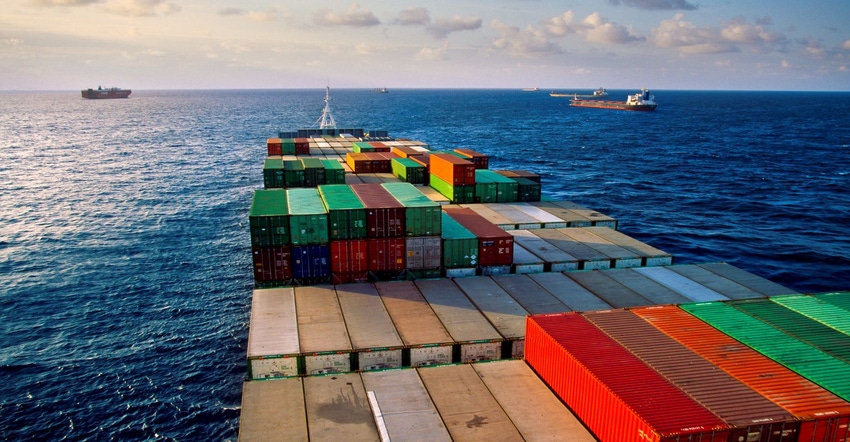
The other day, I presented a webcast with Neel Kashkari, President of the Federal Reserve Bank of Minneapolis. It was an honor to be on the program with a high ranking official. One question from the over 400 people in attendance was very revealing. “Supply chains have been widely cited as one of the big factors in recent price increases. Why have markets not repaired supply chains more quickly than expected?” The following is my response to this question and does not reflect the opinions or views of the Ninth Federal Reserve District.
Supply chain issues have been a long time in the making and will not be quickly or easily resolved. First, many larger companies have consolidated and are utilizing just-in-time inventory management techniques for efficiencies to improve bottom line results. This strategy is very vulnerable to black swan events such as the pandemic, which disrupted smooth operations of production and distribution.
Next, geopolitical shifts, along with military strategies by Russia and China, add to the uncertainty in the supply chains. Both China and Russia produce considerable fertilizer and other components in agriculture and industrial inputs. Any tension involving these nations can accelerate economic shifts and supply chain issues.
The movement from globalization to deglobalization, and the uncoupling of supply chains is a movement impacting smooth functioning of supply chains. For example, China has been stockpiling commodities such as copper and cotton. They have also moved toward utilizing fossil fuels to maintain stability and dependence on efficient supply chains.
Of course, changes in trucking regulations in the U.S. have created a bottleneck in this field which is critical for the delivery of products and services in a timely manner. The pandemic accelerated the retirement of many baby boomer truckers. This orchestrated obstacle will be with business and industry for a period of time. The younger generations are not keen on entering this field, regardless of wages, due to the work-life imbalances that it can create, which is a valued attribute amongst this group.
Next, the accommodative Federal Reserve policies and $7 trillion of stimulus checks assisted in supply chain issues. Expanded unemployment benefits and stimulus checks rewarded people for not working and spurred consumer demand where there was little supply. Lockdowns in certain segments of the economy, such as services like child and adult care, put pressure on product supply and resulted in shortages.
Supply chain issues are not going away any time soon. In fact, many lenders view supply and marketing chains as a major risk in agriculture credit and now have included supply chain risk as one of the seven “C’s” of credit.
Source: David Kohl, which is solely responsible for the information provided and is wholly owned by the source. Informa Business Media and all its subsidiaries are not responsible for any of the content contained in this information asset.
About the Author(s)
You May Also Like






